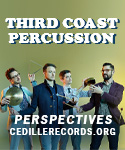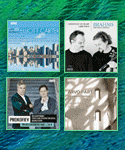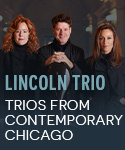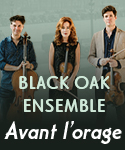What a brilliant idea to juxtapose Pierre-Laurent Aimard’s recording of Charles Ives’ Concord Sonata with a wide-ranging selection from the composer’s 114 songs. To answer the question as to why Ives did not write an opera is to investigate the songs, which are nothing if not mini-dramas for voice and piano. They encompass some of Ives’ most gorgeous, lyrical inspirations, like The Housatonic at Stockbridge, The Things our Fathers Loved, and Thoreau (the latter incorporates themes from the Sonata’s final movement), as well as droll character pieces such as the two Memories, The Circus Band, and Ann Street.
You can’t deny the charm, unflinching accuracy, and port wine timbre that Susan Graham brings to this repertoire. My only criticism is that she colors specific sustained notes or vowels in ways that place purely vocal considerations ahead of the words. One cogent example concerns Like a Sick Eagle, which Ives asks to be sung in a “weak and dragging way” rather than the generic introspection Graham gives us. By contrast, Jan DeGaetani deliberately slips and slides around the pitches, creating a new musical language. DeGaetani and her pianist Gilbert Kalish also respond more readily to Ives’ wild, unbuttoned sensibility in The Circus Band and in the middle section of The Things Our Fathers Loved, whereas Graham and Aimard smooth over the unruffled feathers, so to speak. I hasten to point out that Graham and Aimard operate at an extremely high level of executional sophistication and refinement, and aspiring Ives performers can learn a lot from them.
Given Aimard’s celebrated proficiency with difficult 20th-century solo piano works, it comes as no surprise that he makes the Concord Sonata’s knottiest pages sound easy to play and clear to perceive–as in Hawthorne’s lightning-quick runs, Ragtime-influenced passages, and mountains of chord clusters. The Alcotts movement might seem too brisk and business-like to listeners accustomed to more genial, softer-edged accounts, however I find the added rigor and rhythmic backbone refreshing. Notice also how Aimard articulates Ives’ varied accentuations and stress markings by timbral distinction rather than merely adjusting dynamics. He matches the polish and power of Marc-André Hamelin’s New World Records recording, while imparting an idiomatic flavor to the march and hymn-tune quotations that we’ve missed since the Concord’s vinyl heyday via Kirkpatrick, Kontarsky, Szidon, and Mandel (only the latter has been reissued on CD).
Tabea Zimmermann plays the first movement’s optional two-bar viola part as well as it can be played, while Emmanuel Pahud’s flute seemingly floats up from the piano’s innards in the last movement, leaving a lasting imprint. Perhaps a forthcoming SACD edition might impart a bit more warmth and dynamic heft to the engineering. [5/18/2004]
































